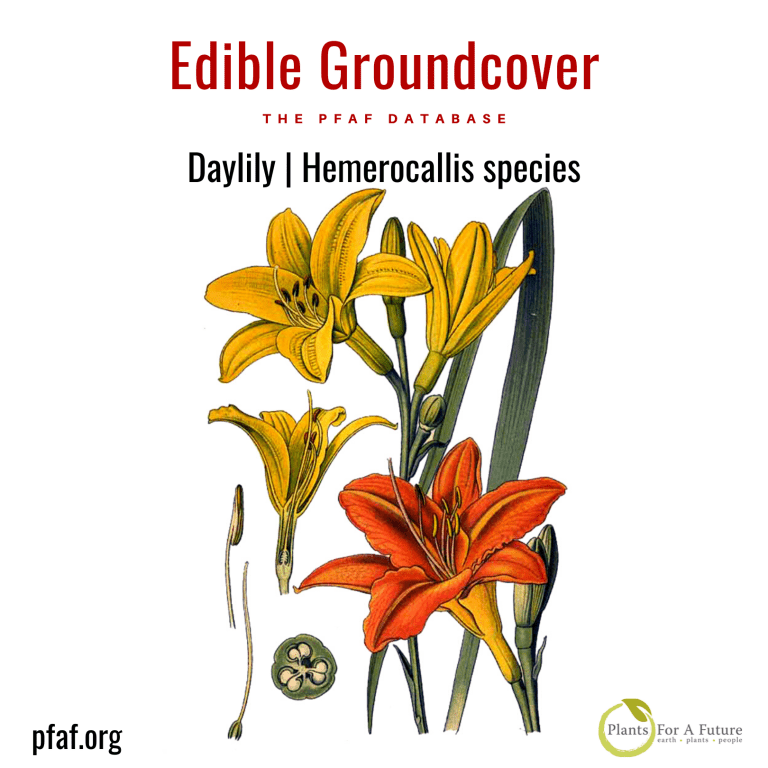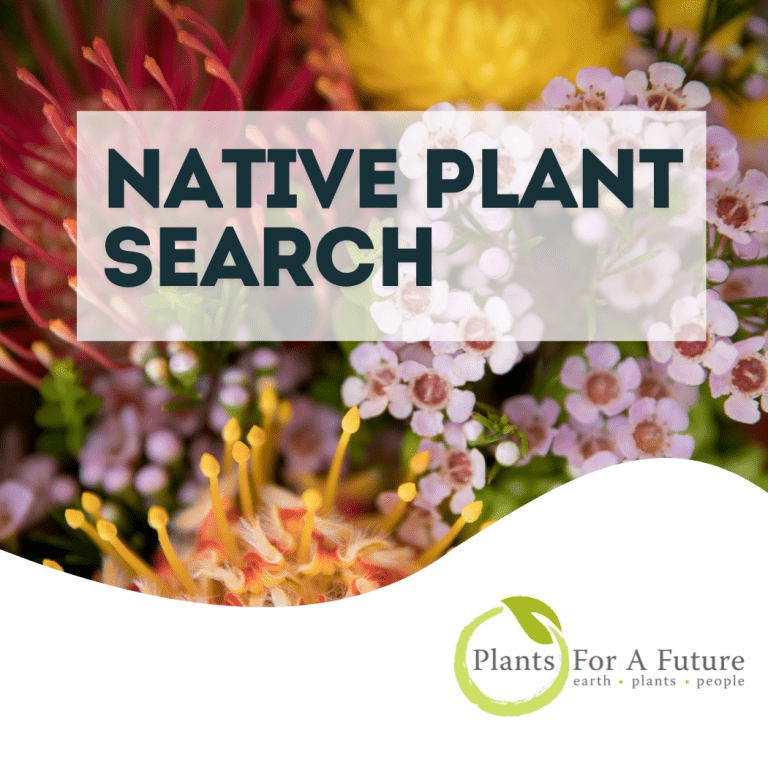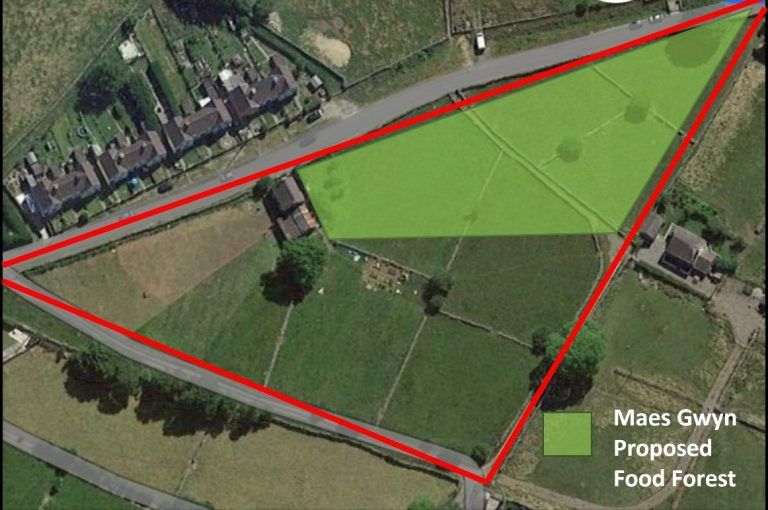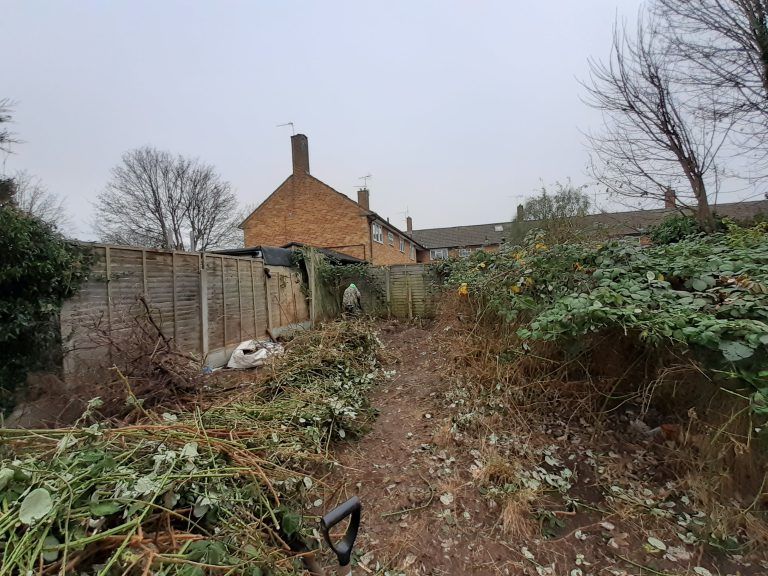Edible Perennial Groundcovers
Daylilies are hardy evergreen or herbaceous perennials with large and attractive funnel-shaped blooms in late spring or early summer, similar to lily flowers. They are straightforward to grow, with many forms tolerant of almost total neglect. All parts of the plants are edible, with the flowers used more frequently. Daylilies are widely used as a food crop in China and Japan. The genus comprises about 20 species, most if not all of which can be grown outdoors in temperate climates. The flowers of most species are very short-lived and die within a day of opening, but the plants produce a succession of flowers for a month or more.
Eat the flowers raw when fully open. The petals are quite thick, crisp and juicy, with a delicate sweetness at their base due to the nectar they contain. They are nutritious, containing reasonable quantities of protein and carbohydrates and iron and vitamin A. They are a great addition to the salad bowl. Cook flower buds; they taste like green beans. In the Orient, the flowers are dried and used as a flavouring and thickener in soups and sauces. The young shoots have a pleasant sweet flavour and make an excellent cooked vegetable. Depending on the species, young shoots are harvested from late winter and much of the spring. Many species also produce edible nutty flavoured young roots eaten raw or cooked.
Many Hemerocallis species are an excellent weed-excluding ground cover, succeeding under and around trees and shrubs. Plant clump-forming species such as H. dumortieri, H. lilioasphodelus and H. middendorffii about 50cm (18in) apart. Running species such as H. fulva are planted up to 1m (3ft) apart. Since the plants die down for the winter, the dead leaves are left on the ground to ensure adequate cover.
In early summer, the yellow-flowered H. dumortieri is a vigorous, clump-forming plant and one of the first species to come into flower. Perhaps the best edible flowers are from H. fulva, a vigorous running species flowering in mid-summer. The beautiful variety Flore Pleno has orange flowers 15cm (6in) long. Europa is a very vigorous form that is especially good for groundcover. H. lilioasphodelus is a yellow-flowered clumping species growing to 1m (3ft) tall and look very attractive in a salad. The plant has a long flowering season during summer, and individual flowers live longer than in most species, sometimes for three days. H. middendorffii esculenta is a vigorous clumping plant growing about 60cm (2ft) tall. Smaller H. minor grows to 50cm (20in) tall, flowering in late spring/early summer. The flowers are about 5cm (2in) long.
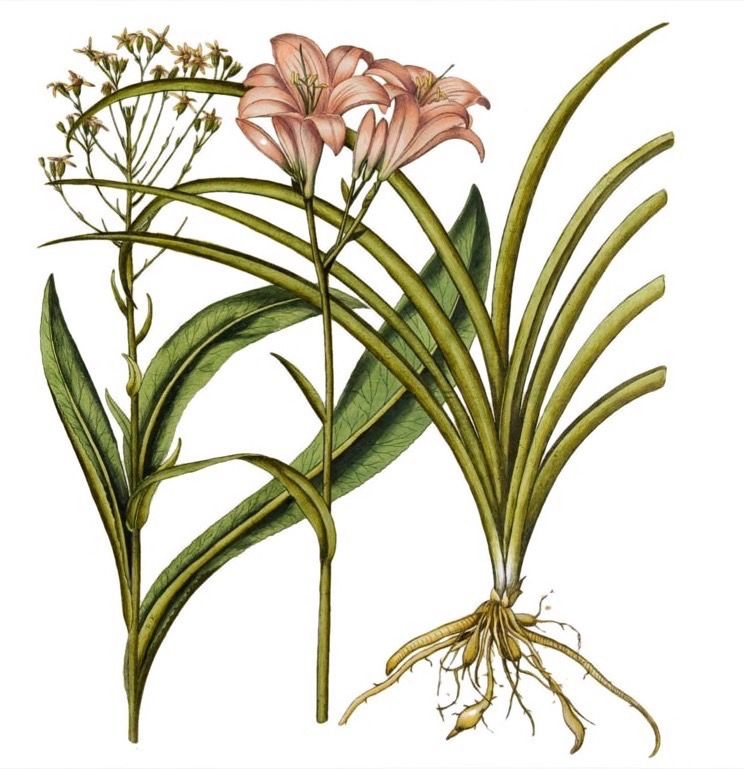
Daylilies are easily grown perennial garden plants. They succeed in most soils, from light and dry to heavy clays, though they are happiest in rich and moist soil. They tolerate quite a bit of shade but grow better and flower more freely when in a sunny position. Flowers from plants in the shade live longer. Hardiness varies from species to species; there are plants suitable for the coldest temperate gardens. Hemerocallis is native to Asia, primarily eastern Asia, including China, Korea, and Japan.

